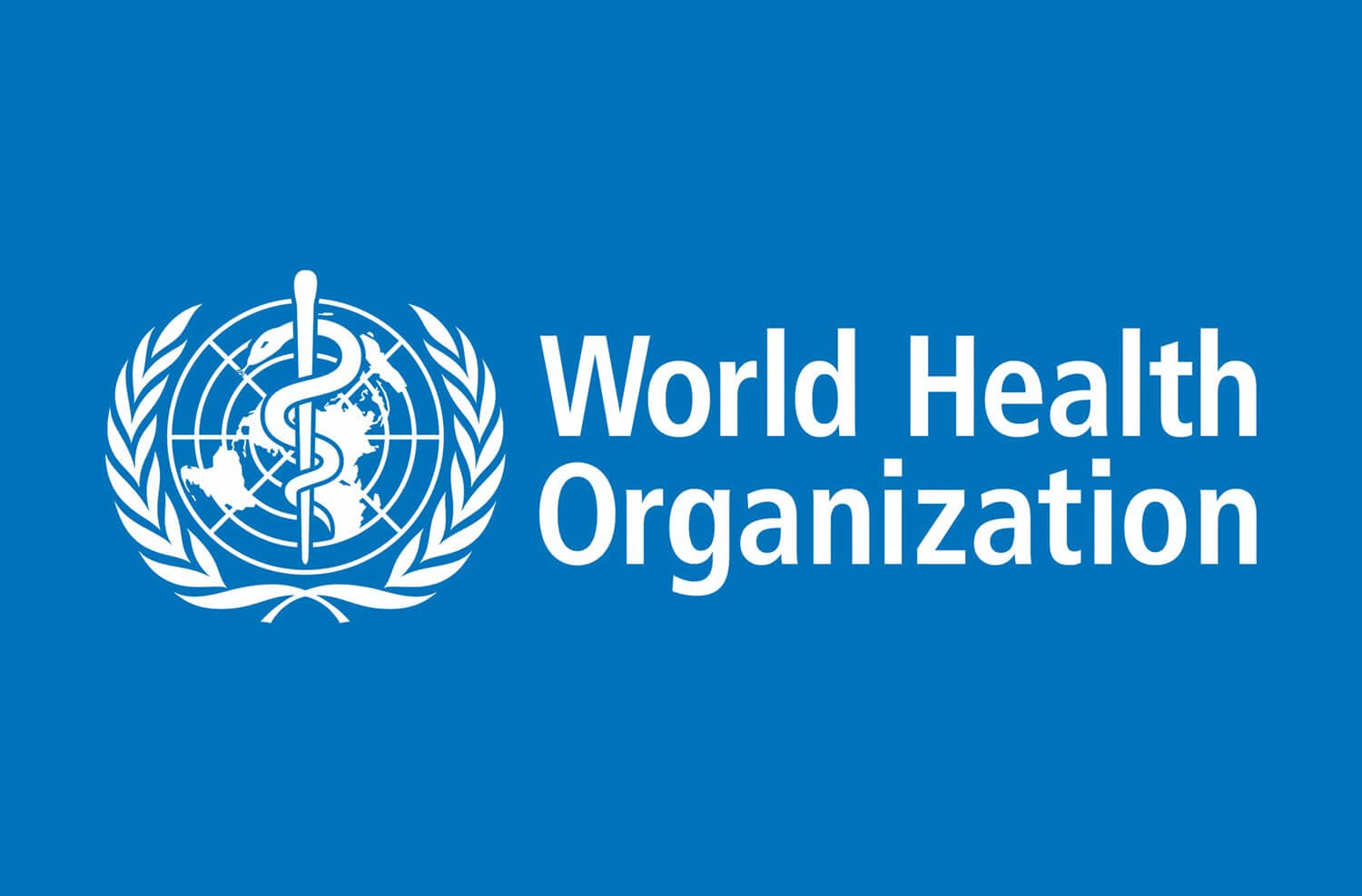WHO Adopts New Measures To End Medicalised FGM

The World Health Organisation (WHO) has adopted measures “to curtail rising medicalisation of Female Genital Mutilation (FGM)” and to engage health workers to prevent the practice.
The global health body in a statement on Monday, said the measure is contained in a new guideline published on April 25.
According to the statement, while the health sector plays key role in stopping FGM and supporting survivours in several parts of the world, evidence suggests the practice is now increasingly performed by health workers.
It also noted that in 2020, an estimated 52 million girls and women were subjected to FGM at the hands of health workers.
The organisation added that “the new WHO guideline, titled “The Prevention of Female Genital Mutilation and Clinical Management of Complications”, provide recommendations to both prevent the practice and ensure evidence-based care for survivors.
“It covers actions for the health sector, governments and affected communities,’’ it said.
The WHO’s Director for Sexual and Reproductive Health and Research, Dr. Pascale Allotey, said FGM is a severe violation of girls’ rights and critically endangers their health, adding that the health sector must be agent for change, rather than perpetrator of the harmful practice.
Quoting Allotey, “Health practitioners must also provide high quality medical care for those suffering its effects.
“Some studies suggest it can even be more dangerous when performed by health workers, since it can result in deeper, more severe cuts. It’s medicalisation also risks unintentionally, legitimising the practice and may jeopardize broader efforts to abandon the practice.”
She noted that for these reasons, WHO’s new guideline recommended professional codes of conduct that expressly prohibit health workers from performing FGM.
Also speaking, Mss Christina Pallitto, the Scientist at WHO, said research shows that health workers can be influential opinion leaders in changing attitude on FGM, and play crucial roles in its prevention.
She said “engaging doctors, nurses and midwives should be a key element in FGM prevention and response, as countries seek to end the practice and protect the health of women and girls.
“The guidelines highlighted the need for community education and information, alongside effective laws and policies. Community awareness activities that involve men and boys can be effective in increasing knowledge about FGM, promoting girls’ rights and supporting attitudinal change,’’ Pallitto said.
According to her, given the extent of both short and long-term health issues that result from the practice, survivors may need a range of health services at different life stages.
She added that it would start from mental healthcare to management of obstetric risks and, where appropriate, surgical repairs.
“Evidence shows that with the right commitment and support, it is possible to end FGM. Countries like Burkina Faso, Sierra Leone and Ethiopia have seen reductions in prevalence among 15 to 19-year-olds over the past 30 years by as much as 50 per cent, 35 per cent and 30 per cent respectively, through collective action and political commitment to enforce bans and accelerate prevention,’’ she said.
She also noted that the likelihood of a girl undergoing genital mutilation has decreased threefold since 1990. “However, it remains common in some 30 countries around the world, and an estimated four million girls each year are still at risk.”
WHO Adopts New Measures To End Medicalised FGM is first published on The Whistler Newspaper





